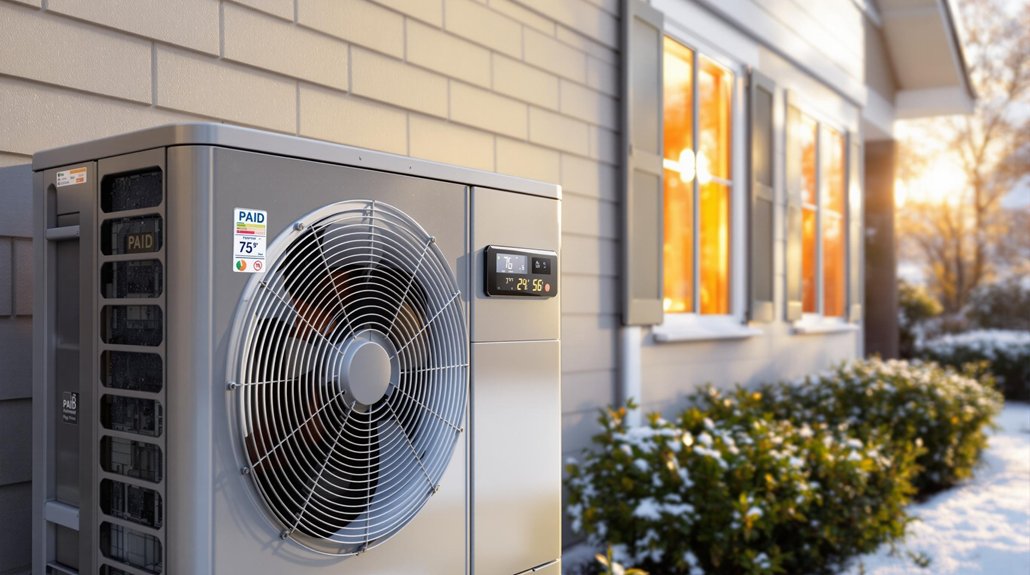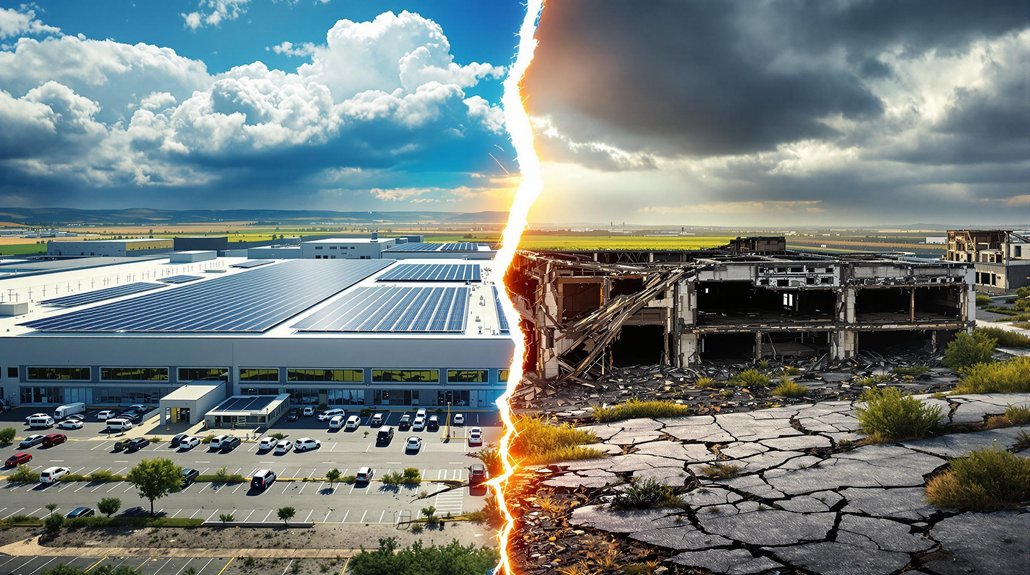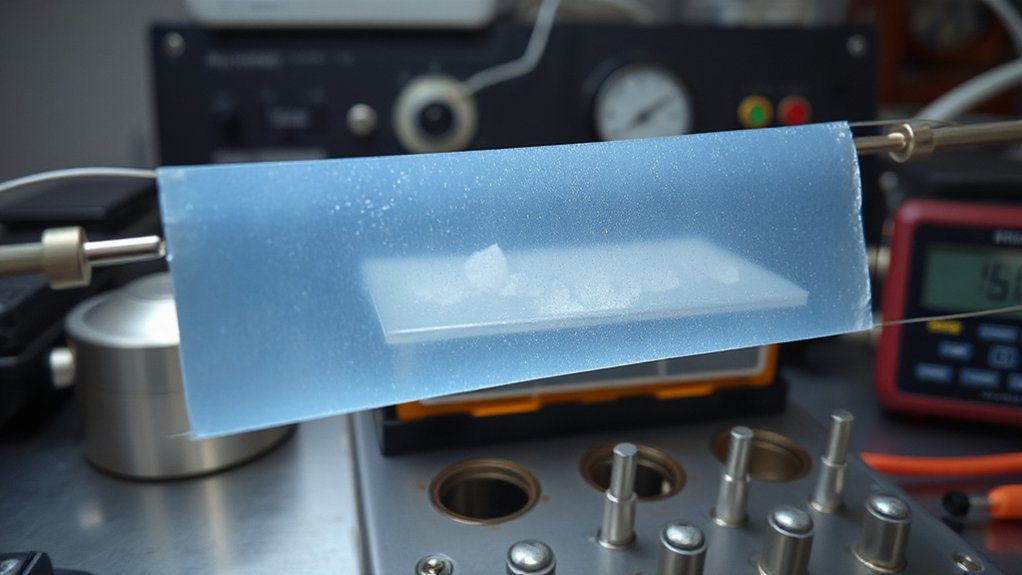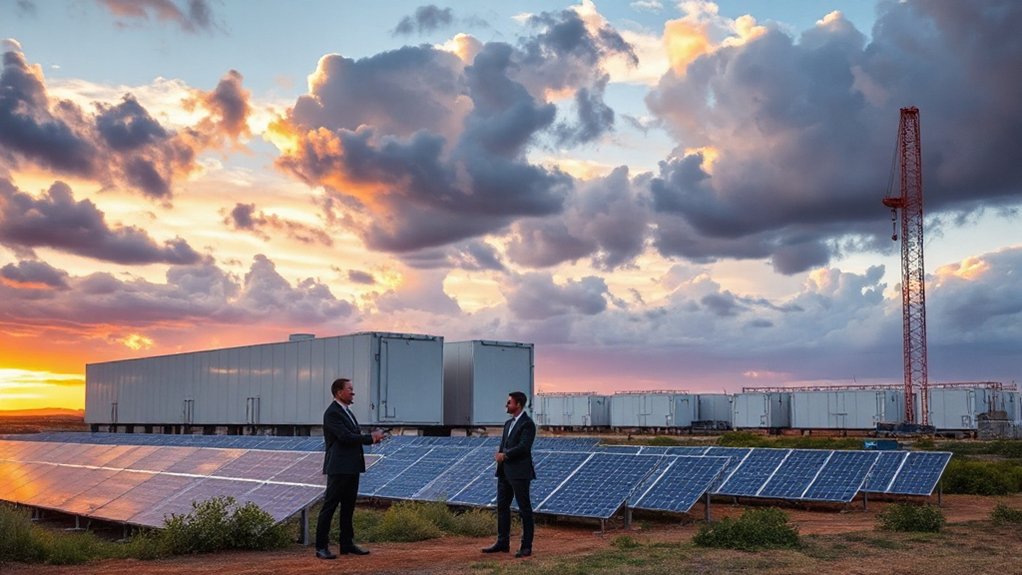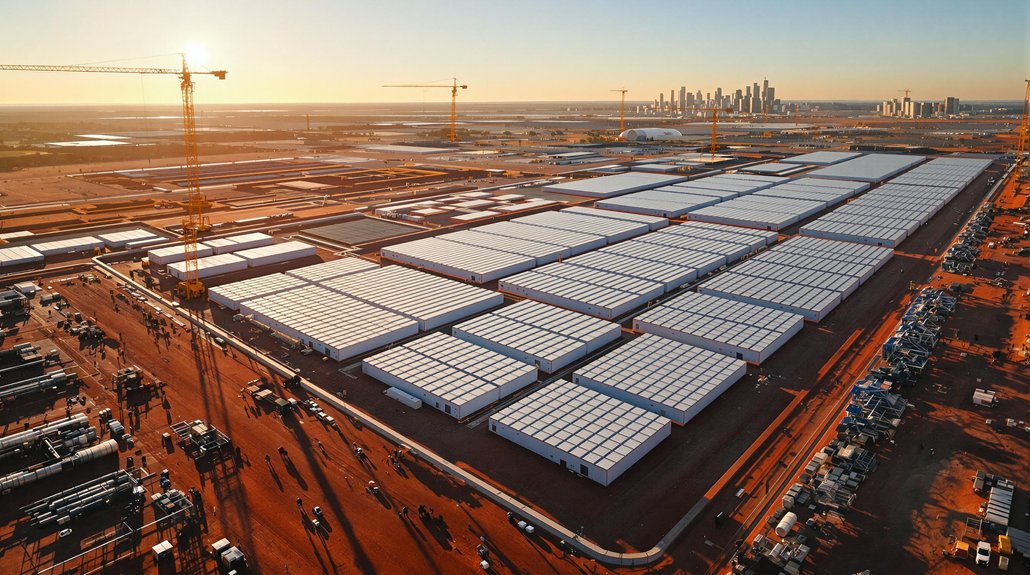Scientists have cracked the battery safety code with solid-state technology that slashes production time by 70%. No more flaming EVs! The breakthrough uses ceramic electrolytes instead of flammable liquids, while advanced monitoring systems shut down at the first sign of trouble. Fire-resistant materials and improved management systems make these batteries practically fireproof. Automakers are racing to implement the tech, which could finally make electric vehicles both practical and panic-free.
While batteries have powered our modern lives for decades, they’ve also had an annoying habit of occasionally bursting into flames. Not ideal when they’re sitting in your pocket or propelling your fancy electric car down the highway. But a revolutionary breakthrough in battery technology is changing the game, and manufacturers aren’t wasting any time.
The new solid-state battery technology completely eliminates those pesky flammable liquid electrolytes that have been the culprit behind many fiery incidents. Instead, these next-gen power cells use solid ceramic or polymer electrolytes. The result? Energy density increases of 2-3 times current levels. More power, less kaboom.
Solid-state battery tech: trading combustible liquids for ceramic solutions. Triple the power, zero unplanned fireworks.
This isn’t just about preventing your phone from turning into a mini-inferno. The improvements enable faster charging and longer battery life. Electric vehicle owners won’t need to choose between range and not having their car spontaneously combust. How thoughtful.
The breakthrough comes alongside a wave of innovative fire-resistant materials being incorporated into battery design. Flame-retardant additives, non-flammable separators, and heat-resistant electrode coatings are becoming standard. Fires from traditional lithium-ion batteries can reach temperatures of over 600°C and pose significant risks to responders. Manufacturers have finally realized that “doesn’t catch fire” is a pretty compelling selling point.
Advanced battery management systems now offer real-time monitoring of cell temperature and voltage, with predictive analytics that can detect problems before they happen. The system basically says, “Hey, this doesn’t look right,” and shuts things down before disaster strikes.
Safer chemistries are gaining traction too. Lithium iron phosphate batteries are becoming more popular, while sodium-ion, aluminum-ion, zinc-based, and magnesium-based alternatives show promise. Recent innovations in sodium battery technology have introduced solid diluent electrolytes that significantly reduce fire risks while maintaining performance comparable to lithium-ion batteries. Turns out there are plenty of ways to store energy without the risk of spontaneous combustion.
The industry isn’t tackling this alone. Automakers and battery manufacturers have formed joint ventures, governments are funding research, and universities are pursuing breakthrough technologies. Recent innovations include batteries with self-extinguishing capabilities that activate automatically when thermal runaway occurs.
Even regulators are getting serious, implementing stricter safety certifications and mandatory thermal runaway tests.
For consumers tired of battery recall notices and viral videos of exploding devices, the future looks both brighter and considerably less flammable.

